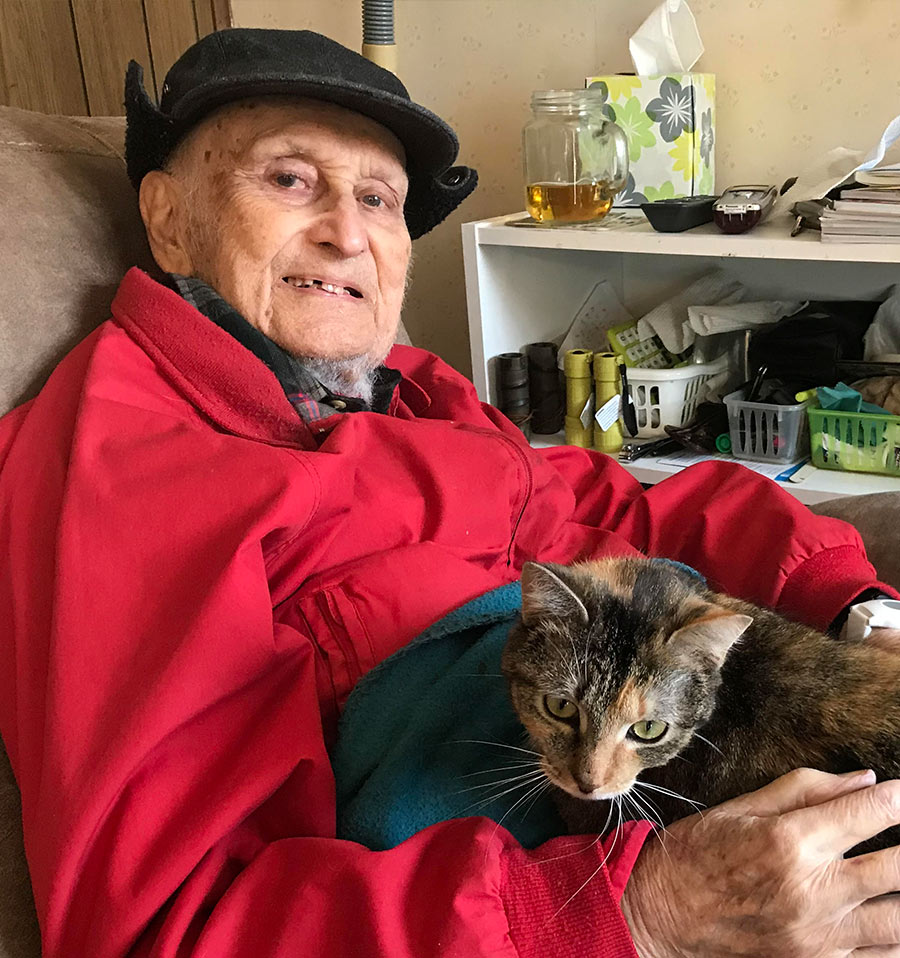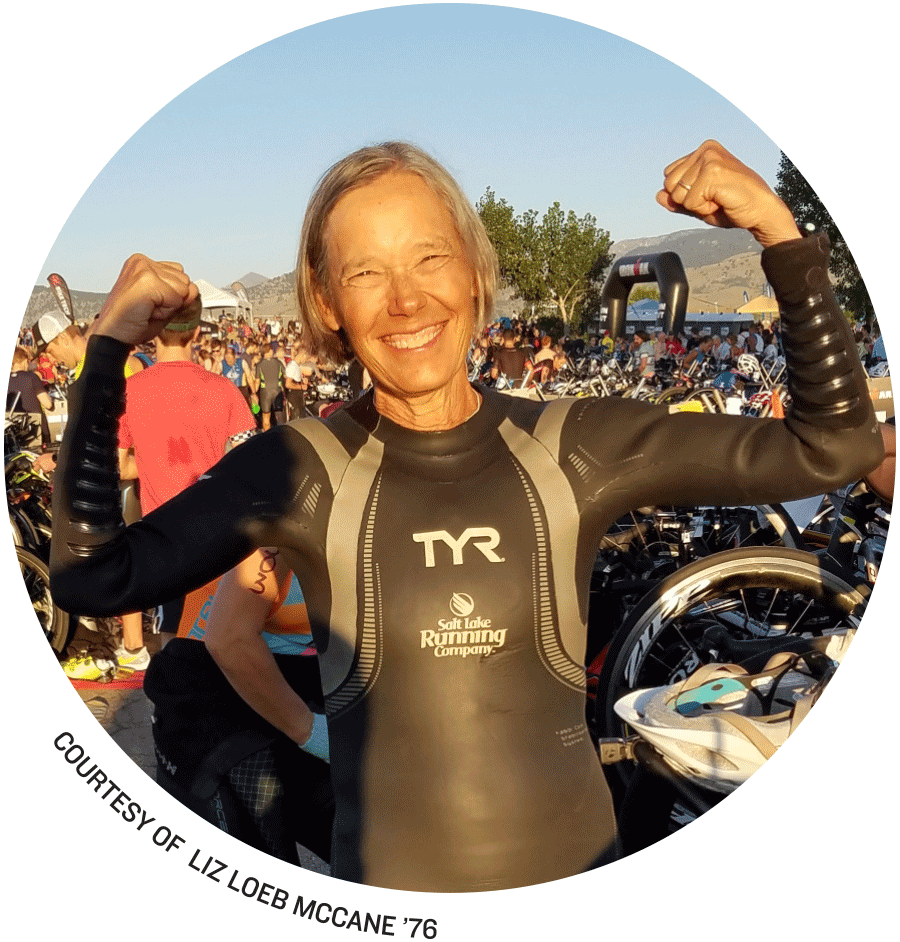
“We really lean on the behavior of others around us,” Bhanot said in an interview with Marketplace, “because if we think about every single decision as one you have to rationally think through the costs and benefits, you would never get anything done in a day.”
These are social norms, he told Philly Voice in April. And those norms may make some reluctant to wear a mask in public.
“As soon as you come along and say, ‘You can’t do this, you can’t do that,’ people say, ‘Who are you experts or government to tell me what I can or can’t do?’” Bhanot said. “‘Let me show you. I’ll go out more or congregate more to prove a point.’”


The telescope, formerly named the Wide Field Infrared Survey Telescope, or WFIRST, is now the Nancy Grace Roman Space Telescope. Set to launch in the mid-2020s, it will investigate long-standing astronomical mysteries, such as the force behind the universe’s expansion, as well as aim to settle essential questions in the areas of dark energy, exoplanets and infrared astrophysics, and the search for distant planets beyond our solar system, according to NASA.
As NASA’s first chief of astronomy in the Office of Space Science, Roman was integral in bringing the Hubble telescope to life, then to space. After more than two decades of management at NASA — and having an asteroid, 2516 Roman, named after her — she continued to advocate for young women in the sciences and stayed on top of emerging research. Roman died in 2018 at age 93.
“There’s always an amount of wonder,” Roman said in a Bulletin interview shortly before her death. “Dark energy is a source of energy we don’t even fully understand. We keep discovering things that people never expected to find.”

Key accomplishments include $90 million raised for financial aid, the creation of an endowment to ensure the Swarthmore Summer Scholars Program (S3P) will continue in perpetuity, and the construction of Maxine Frank Singer Hall — the new home for biology, engineering, and psychology.
More information about the impact of Changing Lives, Changing the World on current and future generations of Swarthmore students will be shared later this year.
Thank you for changing the lives of those who will change the world. — AMANDA WHITBRED


— KATE CAMPBELL
Leslie Abbey ’90 is the chief operating officer of Covenant House New York, an organization that provides residential services to the city’s vulnerable homeless, runaway, and exploited youth.
Jaky Joseph ’06 is the director of public finance investment banking at Bank of America Merrill Lynch, where he has worked since 2010.
Corey Mulloy ’94 is a general partner at Highland Capital Partners and has worked with companies across sectors and stages, including initial public offerings, and mergers and acquisitions.
Cathy Polinsky ’99 is the chief technology officer at Stitch Fix and was named one of the 23 most powerful women engineers in the world by Business Insider.
BoHee Yoon ’01 serves as counsel for the Fortress Investment Group and is also the current president of the Swarthmore College Alumni Council.